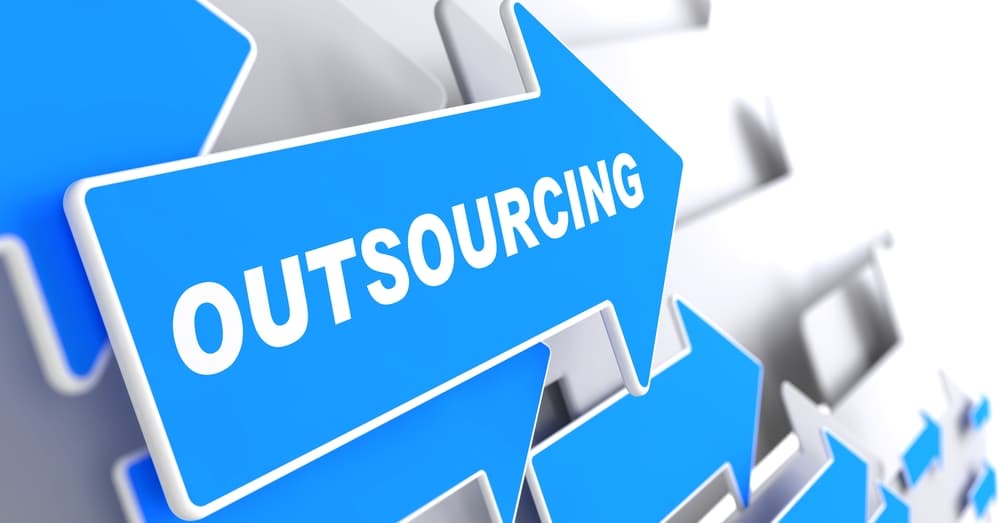Congress is expected to pass today a $900 billion stimulus package to help the nation make it through the winter as the COVID-19 pandemic continues to batter the economy.
The emergency aid includes much needed help for small businesses including a new round of Paycheck Protection Program (PPP) loans and tax relief.
The massive bill will also include the following help for Americans:
- Stimulus checks of $600 per adult for those that make under a certain amount of money each year. In the first round of stimulus checks limits were set at $99,000 for single tax filers, $146,500 for head of household filers, and $198,000 for married filing jointly filers.
- Stimulus checks of $600 per child dependent, age 16 or under, could also be received by each family that is eligible.
- Extended eviction moratorium from Dec. 31 to Jan. 31 as well as $25 billion in rent relief.
- Unemployed workers will get an extra $300 per week to supplement state unemployment aid through March 14, 2021.
- An extra $100 per week in jobless aid from the federal government through March 14, 2021 from those that might not normally qualify for benefits, such as self-employed workers.
With COVID-19 infections, hospitalizations and deaths spiking around the country, unemployment is on the rise as businesses confront new restrictions. For the week ending Dec. 12, some 885,000 Americans filed for unemployment for the first time, the highest weekly number of first-time filers since early September.
New Round of PPP in Stimulus Package
Small businesses could get a lifeline with almost a third of the stimulus package, some $284 billion, earmarked for a new round of PPP loans.
The first round of PPP loans, part of the CARES Act passed in March, ended on Aug. 8. The program helps small businesses pay employees during the coronavirus crisis.
Some key aspect of this second round of PPP loans could include:
- There has been some confusion that the IRS was not going to allow businesses to deduct expenses paid for with PPP funds but this new bill should clarify that with proposed language, according to Forbes, saying, “no deduction shall be denied or reduced, no tax attribute shall be reduced, and no basis increase shall be denied, by reason of the exclusion from gross income provided”.
- Not only will new borrowers be eligible for PPP loans but borrowers from the first round will be eligible for a second round of loans.
- To get a PPP loan a business must pass a “necessity test” which could include demonstrating a 30 percent reduction in gross receipts from the same quarter in 2019.
- The business must employ 300 workers or less to be considered for PPP loans.
- For businesses with more than one physical location, the maximum amount of all PPP loans combined cannot exceed $2 million.
- There will be a simplified one-page application for PPP loans $150,000 or less.
- Borrowers can choose between 8 and 24 weeks for the period that covers the PPP loan.
Other items to look for in the stimulus package is expanded eligibility for nonprofits for PPP loans, such as Chambers of Commerce and other 501(c)(6) nonprofits that were not eligible the first round.
More Aid for Specific Businesses
The stimulus package also targets specific businesses with help including $15 billion to support live music venues, museums, and movie theaters that have suffered revenue losses.
Other aid that could make it into the signed bill:
- $20 billion for the Economic Injury Disaster Loan Program. This will be aid targeted to businesses hit the hardest by the COVID-19 pandemic
- $9 billion for minority deposit institutions and community development financial institutions
The final bill could also include a provision that allows businesses to fully deduct meals for the next two years, up from the current 50 percent limit of a business meal.
Business owners will need time to understand all the aspects of the stimulus package, as there is a lot to unpack in the bill, which includes $1.4 trillion omnibus appropriations to keep the government operating through Sept. 30, and runs to a whopping 5,000+ pages.
If you have any questions or need help interpreting the new stimulus, let us know and we’ll do our best to help you out.






